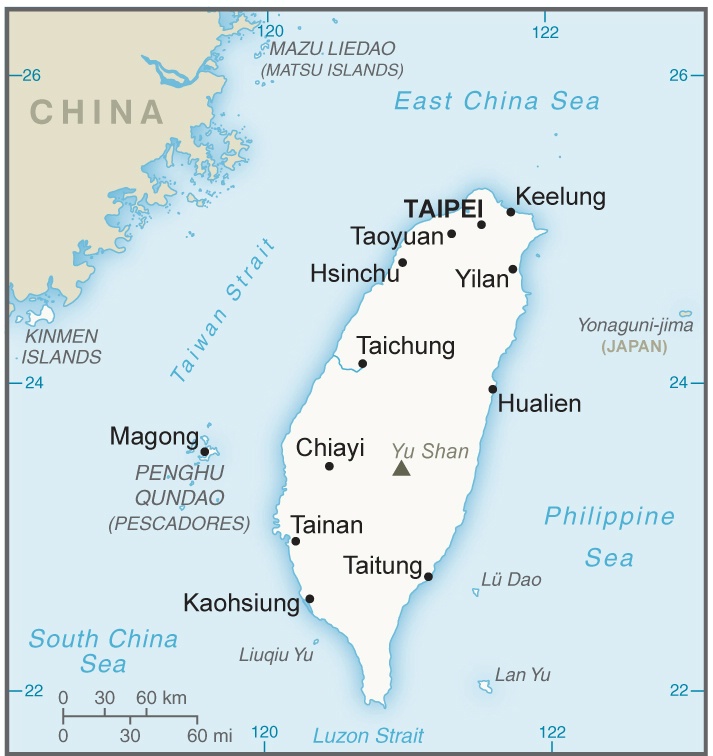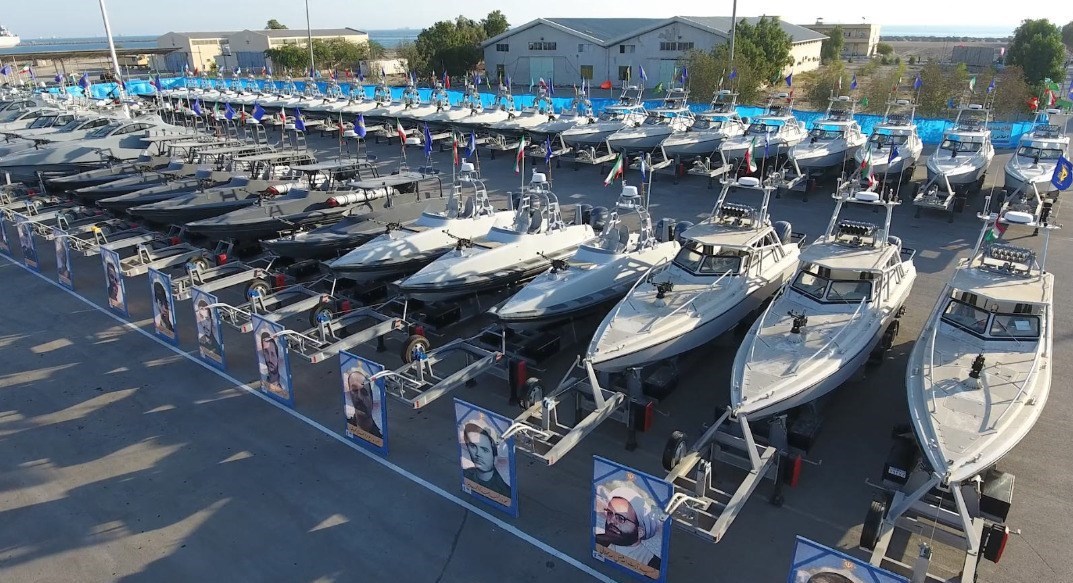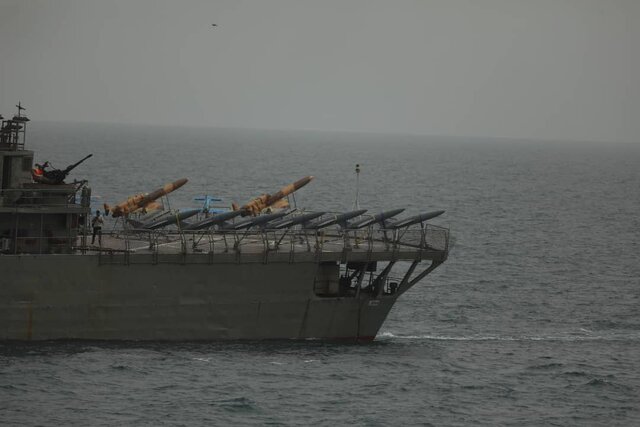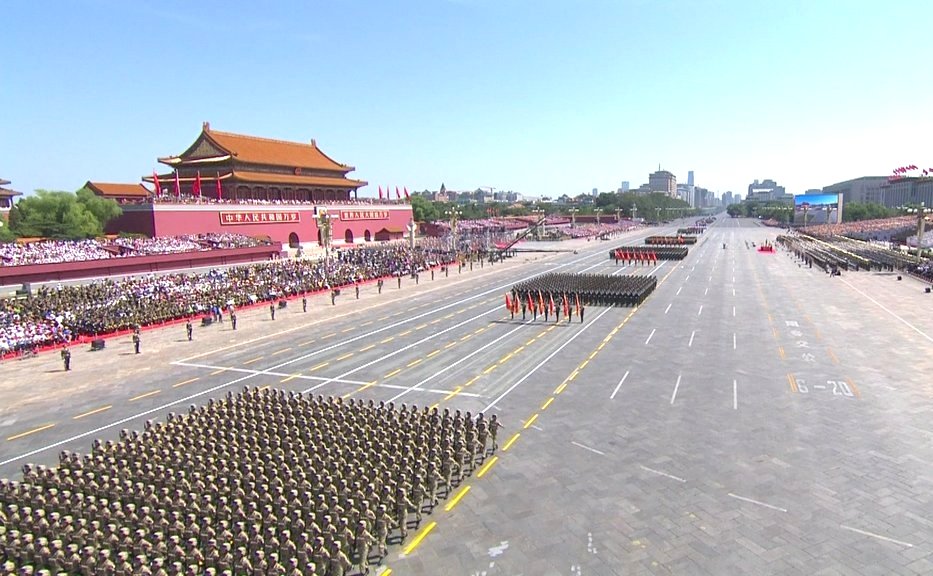
CZ-7 (space launch vehicle).
If deorbit sails are configured, the orbit time can be shortened to less than ten years.
Since the beginning of 2022, new capabilities of several significant systems in China’s space program have been tested. These include space-based orbital debris tracking sensors, a new spaceplane, a new series of datalink satellites, and tests of a deployable “sail” to facilitate deorbiting of satellites. Chinese state media China News Online describes the success of an orbital space debris monitoring system. As satellites and components from past launches accumulate in orbit, the danger of an accidental collision increases, threatening critical systems. “Space Domain Awareness” is crucial for both civilian and military applications as it involves precision tracking of known satellites and debris. While China has built an extensive ground-based system of radars, lasers, and optical sensors for tracking this debris, orbital sensors avoid many issues faced by ground-based systems, such as atmospheric distortion and sensor overload due to daylight. The same article also notes that China has made improvements to on-orbit image processing, an increasingly important technology, as the volume of data to be sent to ground stations increases.
China’s National Space Administration media outlet China Space Culture describes the successful test of a “de-orbital sail,” which uses the minimal atmosphere present in low Earth orbit to gradually lower and finally deorbit a satellite. Giving more control over deorbiting satellites is a priority as they can sometimes fail to burn up fully in the earth’s atmosphere. As Chinese companies begin to test large-scale constellations of satellites for communications and other purposes, the ability to better control their reentry or remove them from orbit at the end of their service life is a significant development.
The third notable development is the launch of a new generation of “Tianlian” or “sky chain” data-relay satellites [1]. These satellites are a key component of China’s space-based infrastructure, passing massive volumes of data from communications and Earth observing satellites from orbits on the other side of the world to other communications satellites where they can then transmit the data to ground stations [2]. According to the article in government-run Science and Technology Daily, the new satellites enable the completion of China’s space-based data network, allowing a shift from “intermittent” to “continuous” communication. The article also notes that the new generation of data-relay satellites capitalizes on the development of improved high-throughput communications satellites based on the Dongfanghong-4 bus. An even more capable Dongfanghong-5 system intended to operate in the Extremely High-Frequency Q/V bands was launched in January 2020 [3].
Finally, China recently tested a reusable sub-orbital spaceplane, which can travel much faster than conventional aircraft due to the lower atmospheric pressure at the altitudes where they operate. Spaceplanes capable of achieving orbit offer the ability to maneuver more readily than traditional satellites and may act as testbeds for orbital technologies, which can then be brought back to Earth to collect data or further research. Much of the technologies required for both types of systems are similar. China wants to be a leader in space-based services and next-generation technologies. The development of such transatmospheric vehicles offers China a chance to not only improve its ability to operate in the space domain but to lead in emerging technologies. Space capabilities are the epitome of systems of systems. As the aforementioned developments show, China is rapidly developing not only its ground-based support systems but its capacity to launch, maneuver on-orbit, and field resilient space-based systems as well.
Source:
“天舟三号飞船搭载显成果 空间碎片探测载荷在轨运行超9个月 (The Tianzhou-3 spacecraft carried remarkable achievements, and the space debris detection payload has been in orbit for more than nine months),” China News Online (PRC State Media), 8 July 2022. https://www.chinanews.com.cn/gn/2022/07-08/9799106.shtml
According to the China Manned Space Engineering Office, the Tianzhou-3 cargo spacecraft launched on 20 September 2021 carried payloads, including space debris detection systems. As of March 2022, The space debris detection payload has acquired thousands of images in orbit. At present, the payload has been operating in a stable orbit for more than nine months.
According to reports, the space debris detection payload includes an optical camera, an on-orbit data processing unit, and a temperature control unit. At present, the payload has been running stably in orbit for more than nine months.
As of March this year, the space debris detection payload has acquired thousands of images on-orbit and made breakthroughs testing the design of the optical system of the large-field high-sensitivity detection system, on-orbit algorithmic detection and identification and processing of dim and weak space targets, and the rapid transfer of massive amounts of data.
“China’s Largest De-orbital Sail Successfully Deployed (国内最大离轨帆成功在轨展开),” China Space Culture (China National Space Administration [CNSA] Official Weibo Account), 5 July 2022. https://weibo.com/u/7480894382
On 23 June, the Long 2 March carrier rocket was successfully launched. On 26 June, it successfully deployed a deorbit sail device. This is the largest de-orbital sail used by China, with a surface area of over 25 square meters once fully unfolded. With the sail, a 300kg satellite will re-enter the atmosphere within two years, freeing up valuable orbits and reducing space debris.
…
Without using measures [such as the sail] to deorbit itself, a 15-kg satellite in orbit at an altitude of 700km will remain in orbit for 120 years or more after the end of its service life; if deorbit sails are configured, the orbit time can be shortened to less than ten years. Moreover, the deorbiting sail is used to implement deorbiting without consuming fuel. Even if the spacecraft fails or is out of control, deorbiting can be effectively implemented.
“天链新星 ‘入列’ 我国第二代中继卫星系统建成 (“New Tianlian ‘Enters Service’ China’s Second-generation Relay Satellite System Has Been Completed),”
Science and Technology Daily (State media outlet managed by the PRC Ministry of Science and Technology), 14 July 2022.
http://www.news.cn/techpro/20220714/c15e476cee634e85beb0d4f95913c6f7/c.html
On 13 July, the Tianlian-2-03 satellite, developed by China Aerospace Science and Technology Corporation’s (CASC) 5th Academy, was successfully launched from the Xichang Satellite Launch Center aboard a Long 3 March B carrier rocket.
After achieving a stable orbit, the satellite will form a network with the previously launched Tianlian-2 01 and 02 satellites to create China’s second-generation data relay satellite system. Both generations will be in orbit at the same time, significantly improving space-based Telemetry, Tracking and Command (TT&C), and data relay capabilities.
After the Tianlian-2 satellite is in orbit, it will work in cooperation with the Tianlian-1 system. It is mainly used to provide data relay and TT&C services for manned spacecraft, space laboratories, and space stations. It can also support remote sensing, mapping, meteorological and other satellites in medium- and low-earth orbits.
“我国亚轨道运载器重复使用飞行试验取得圆满成功 (China’s Test of Reusable Suborbital Vehicle Complete Success),” Xinhua (PRC State News Agency), 26 August 2022. http://www.gov.cn/xinwen/2022-08/26/content_5706929.htm
On 26 August, a flight test of a reusable lift-type suborbital vehicle independently developed by the China Academy of Launch Vehicle Technology (CALT), a subsidiary of China Aerospace Science and Technology Corporation (CASC), was a complete success.After the first successful flight test, the vehicle was inspected and recertified for launch and was launched vertically again from the Jiuquan Satellite Launch Center, after which it completed its suborbital flight according to the plan and landed smoothly at the Alxa Youqi Airport, successfully realizing the suborbital transport in China. The complete success of this flight test has strongly promoted the leap-forward development of China’s space transportation technology from one-time use to repeated use.
Notes:
[1] “Tianlian” data-relay satellites [天链, lit. “sky chain”]
[2] For more information on the “Tianlian”, see Peter Wood, “China Launches New Communications Relay Satellite,” OE Watch May 2019.
[3] For more information on the Dongfanghong-5 system, see Peter Wood, “China Launches Test-bed For High-Bandwidth Communications Satellites,” OE Watch, May 2020.
Image Information:
Image: CZ-7 (space launch vehicle)
Source: https://upload.wikimedia.org/wikipedia/commons/a/a6/CZ-7.svg
Attribution: CS BY 4.0







